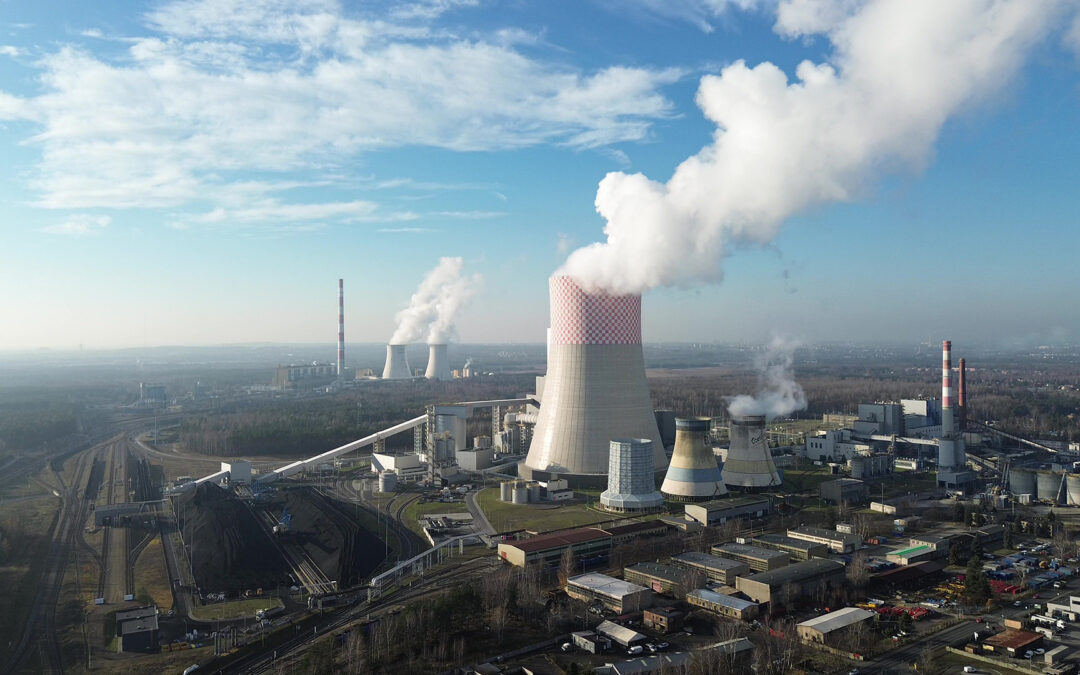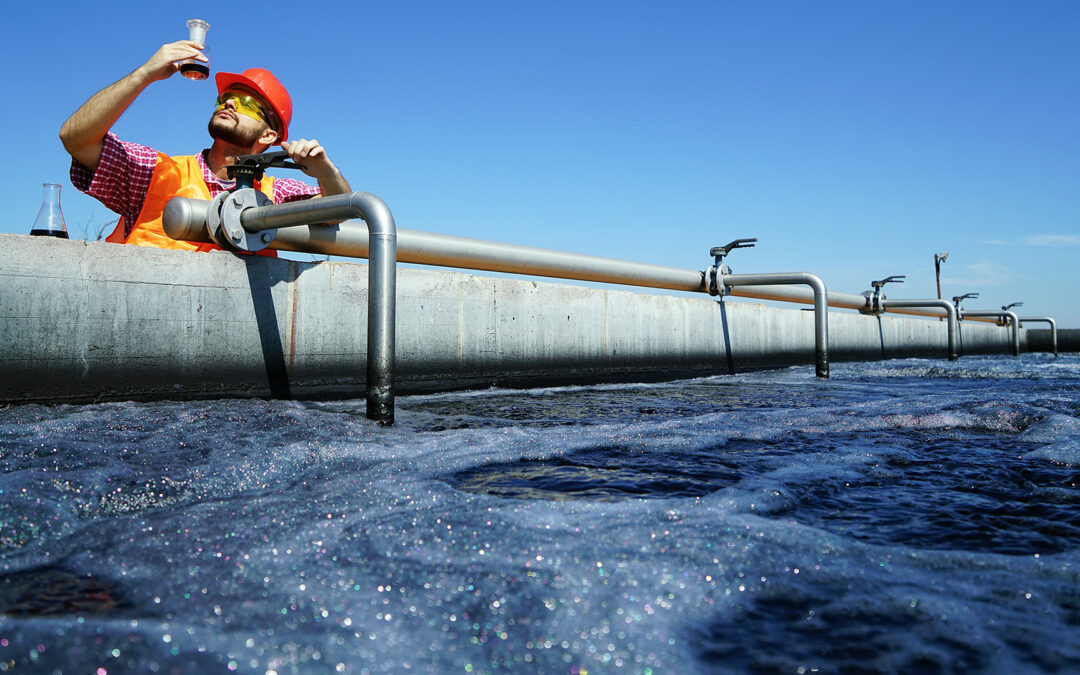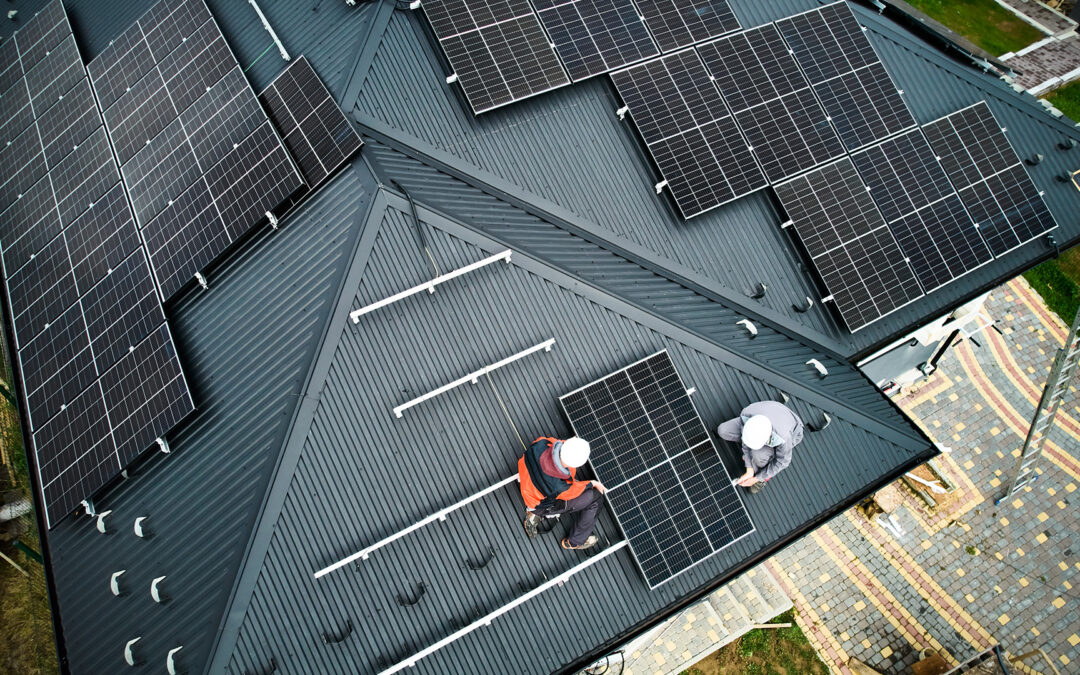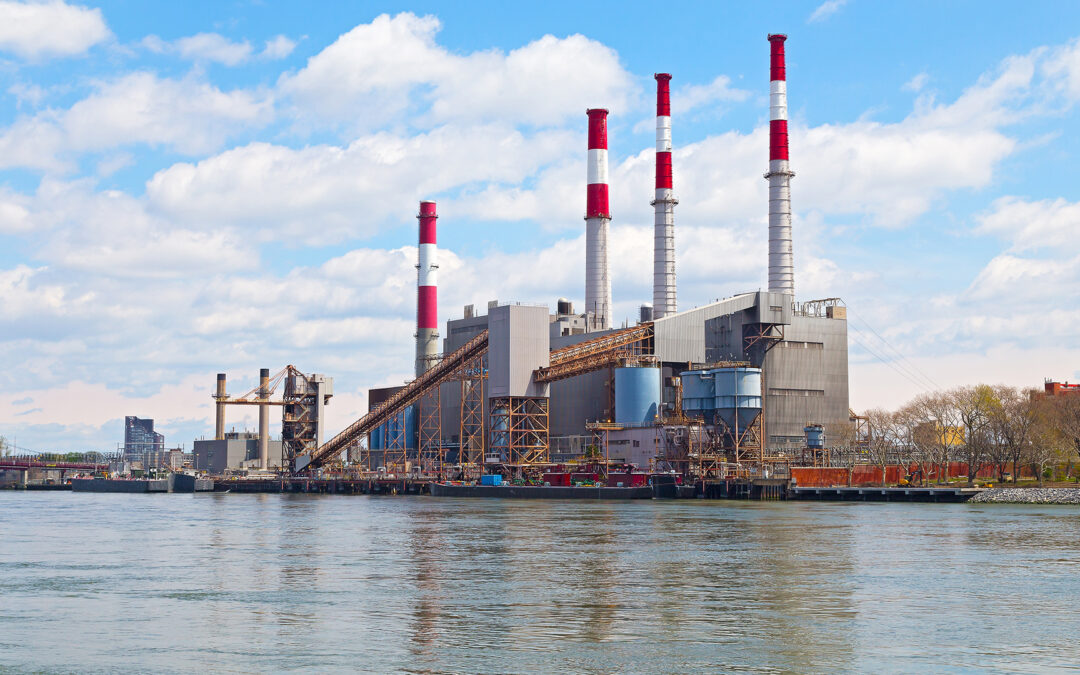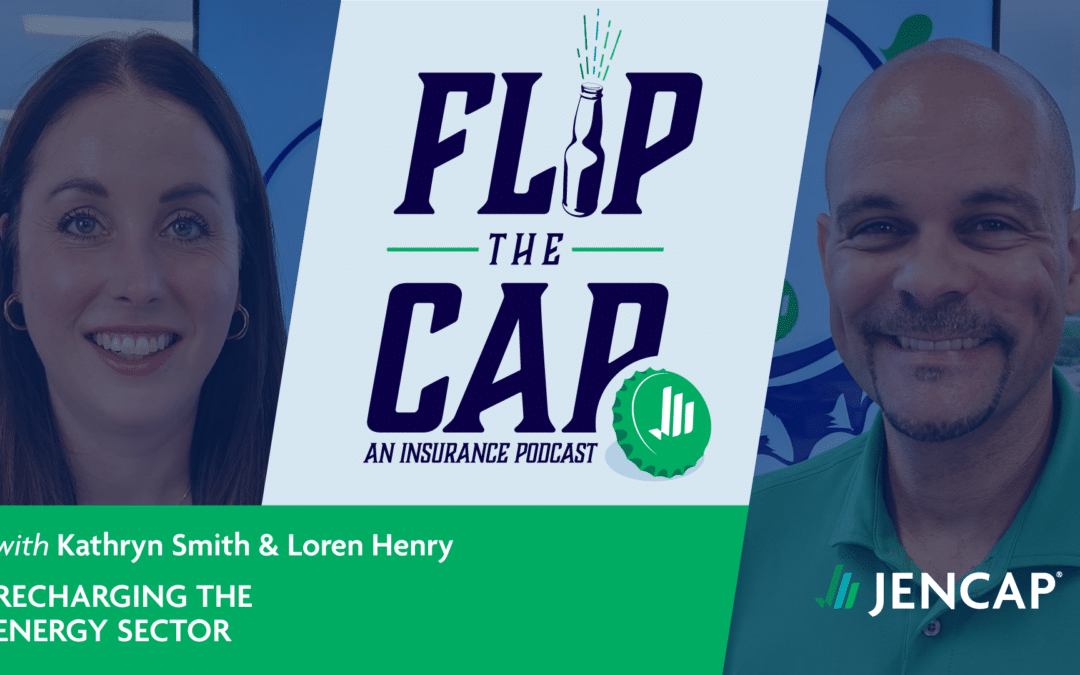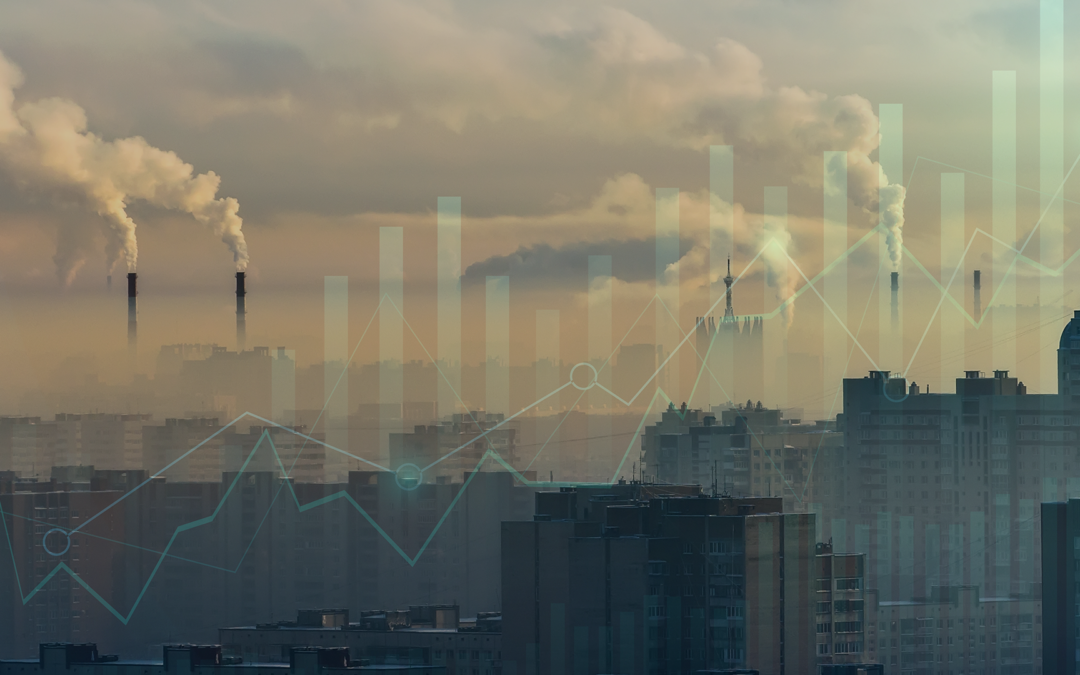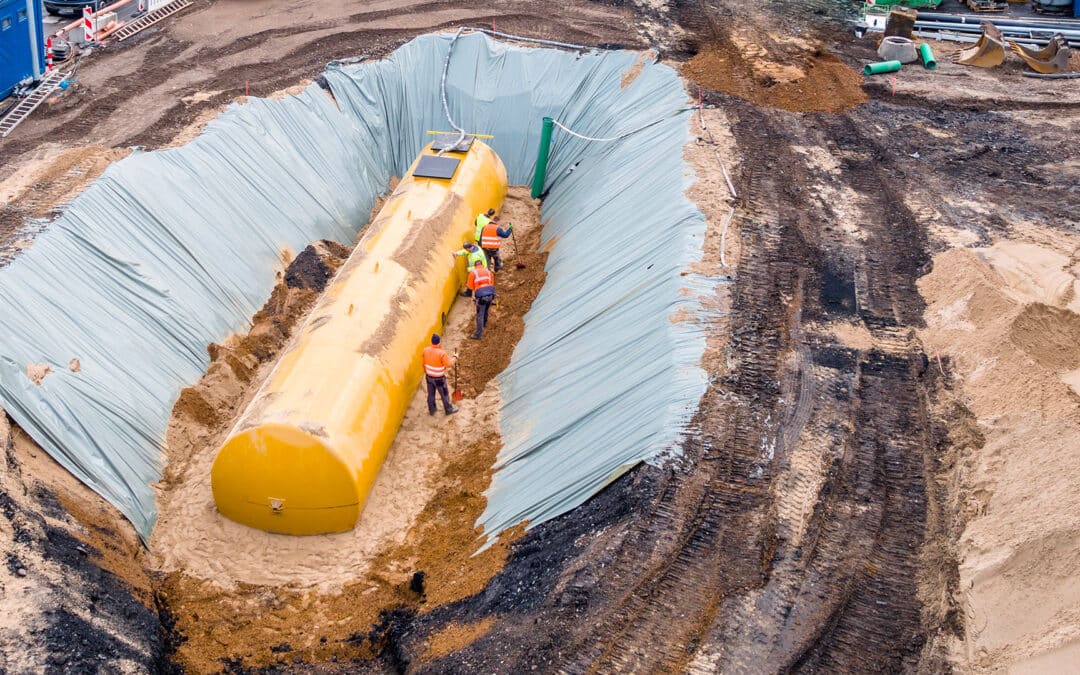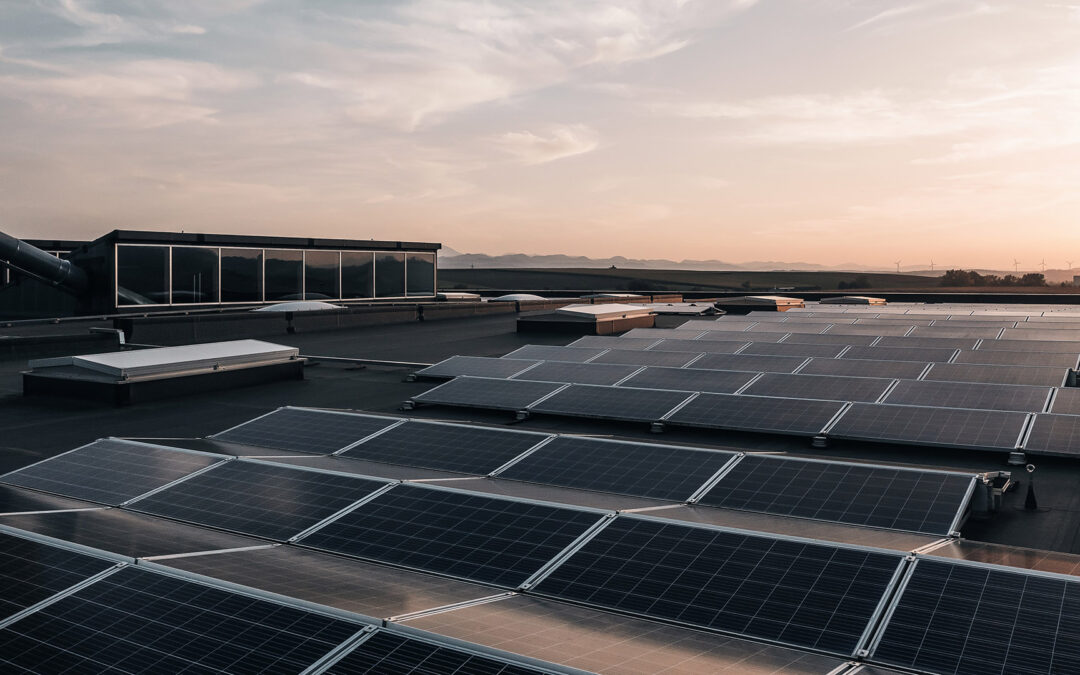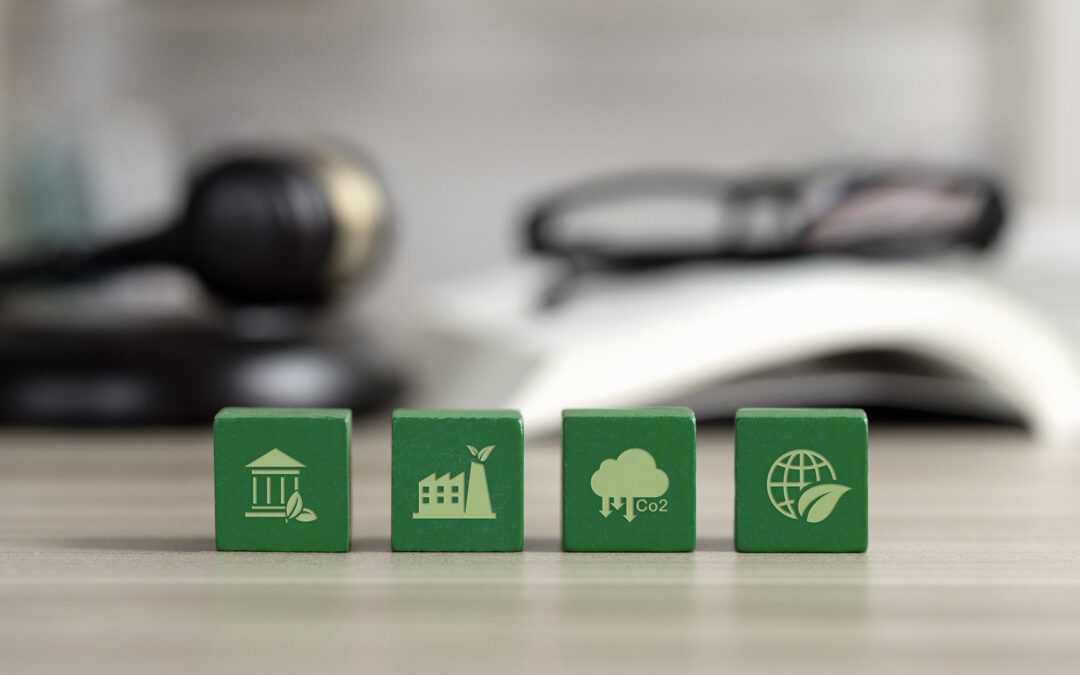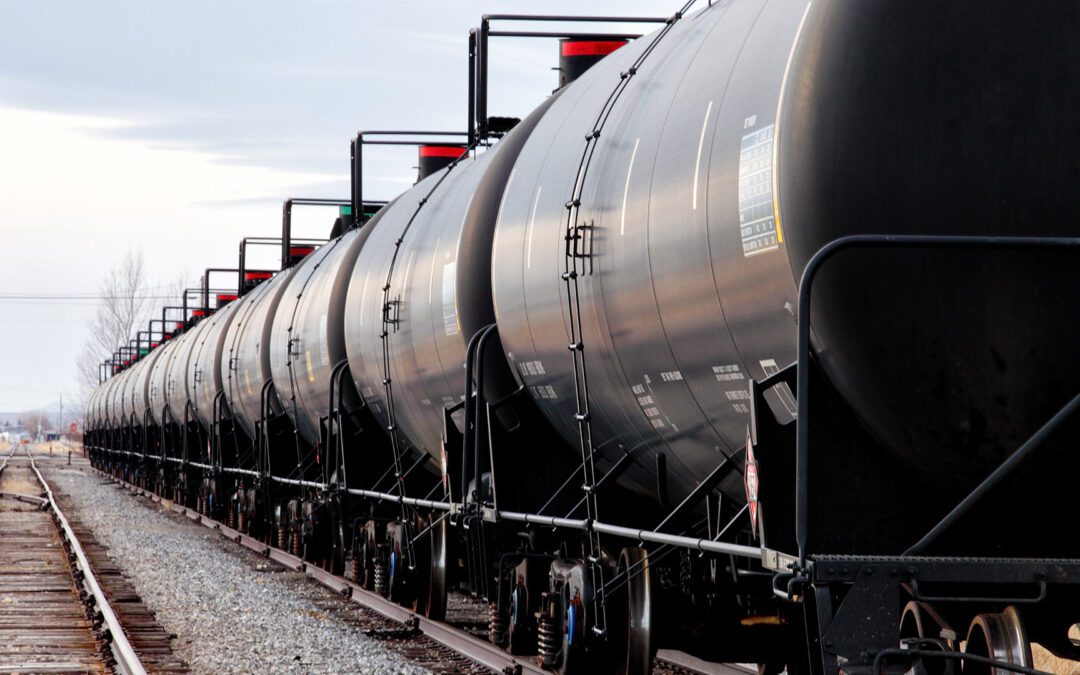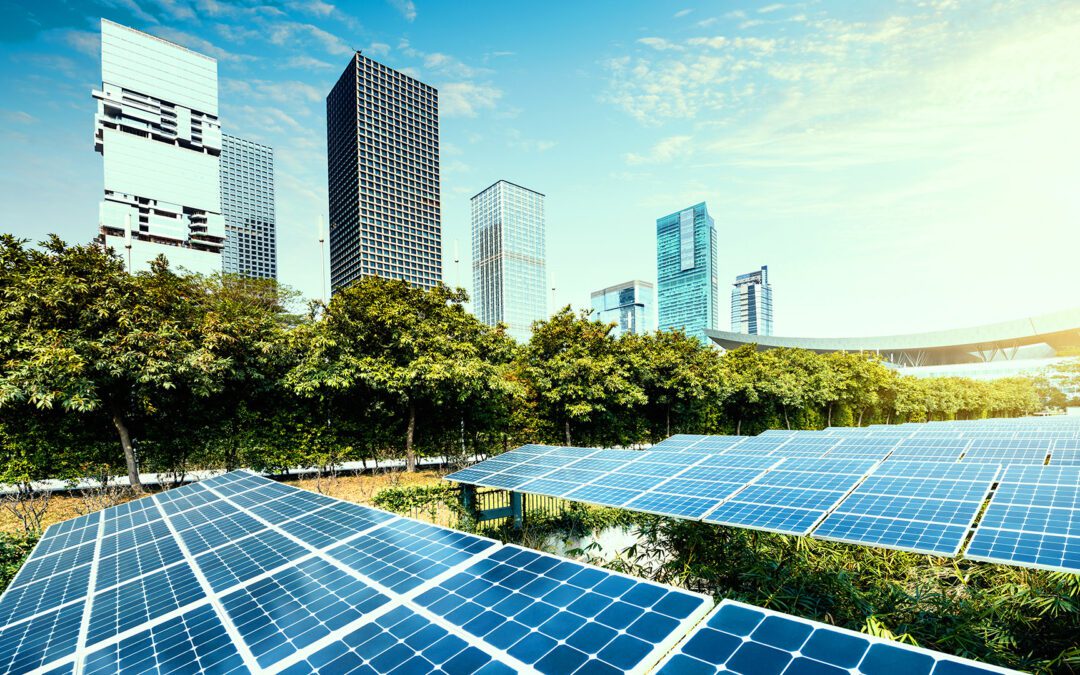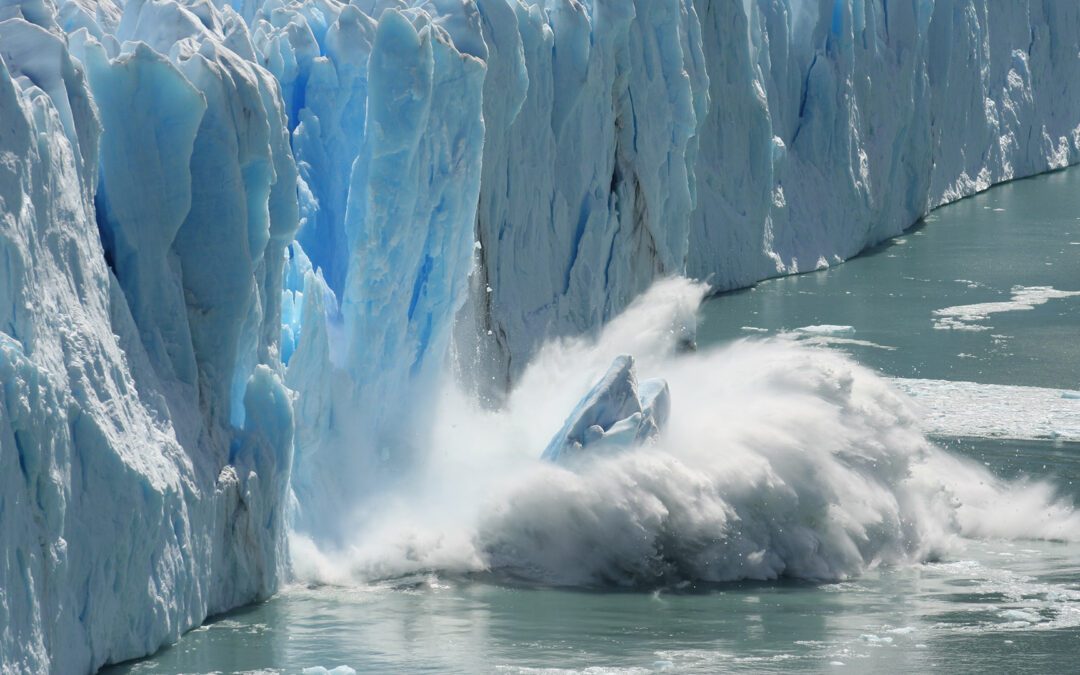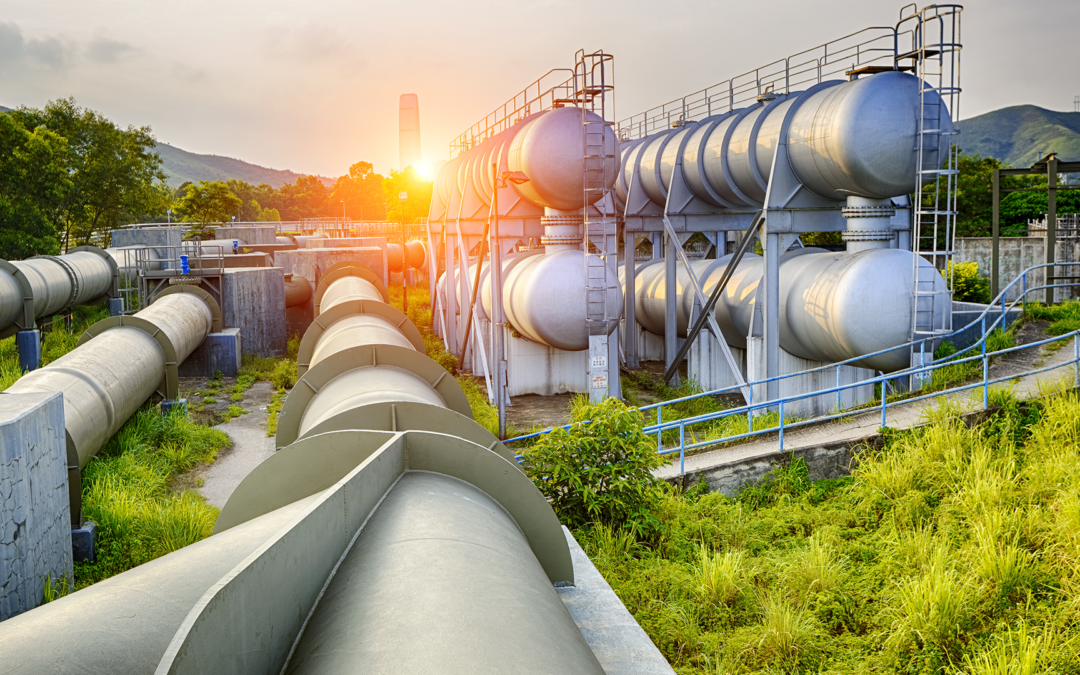| ENERGY INSURANCE INDUSTRY TRENDS |
Is Going Green Good?
In theory, “going green” is the better option, right? But it’s not always such a clear-cut answer. Two leaders from Jencap’s Environmental Division — EVP Canaan Crouch and Vice President Loren Henry — address this hot topic and the important insurance implications that come along with it.
The Carbon
Conundrum
Good Intentions.
Negative Byproducts.
Taking Green Tech
to the Trash
The Insurance Implications
of Going Green
The Carbon Conundrum
Before the Industrial Revolution, carbon most often entered the atmosphere naturally — think plant and animal respiration, volcanic eruptions and natural wildfires. In the last 150 years, anthropogenic carbon — carbon caused by human activities — has increased dramatically as a byproduct of motive power, oil and gasoline, and electricity. “Going green” has focused on the reduction or removal of carbon dioxide from the atmosphere by using renewable energy sources or improving energy efficiency. But many of these green technologies aimed at carbon abatement rely heavily on materials obtained through resource extraction, which has its own consequences.
The Ramifications
Canaan highlights, “No one is talking about the other ramifications of some of the instruments or equipment that go into going green.” While the efforts are well intended, the unintended impact can be just as damaging:
- The extraction and processing of lithium ore for creation of lithium-ion batteries — used in electric vehicles — involves high energy consumption, contributing significantly to their overall carbon footprint.
- The environmental damage from mining activities extends beyond air pollution from greenhouse gas emissions and toxic aerosols, deforestation, and biodiversity loss.
- The extraction process often occurs in regions with scarce water resources and vulnerable ecosystems, exacerbating existing social and environmental conflicts.
Canaan elaborates, “When you do the math and realize how much resource has to be consumed in order to extract the other resource you’re looking for to fuel this green movement, the numbers become staggering.” The sooner we understand unintended consequences of our actions with the green movement, the sooner we can change course, if warranted. Loren emphasizes, “After 100 years of oil and gas, we have a pretty good idea of what that carbon does to the environment. My hope is we don’t take 100 years to figure out what the environmental impacts are from going green.”
“When you do the math and realize how much resource has to be consumed in order to extract the other resource you’re looking for to fuel this green movement, the numbers become staggering.”
Good Intentions. Negative Byproducts.
Below is a historical timeline of the petroleum industry and its impact. It’s easy to find similarities with what’s happening in the green energy movement today. As Loren and Canaan discuss, learning from the past will be critical to ensuring that our good intentions don’t backfire.
Goal
Actual Result
The Takeaway
Taking Green Tech to the Trash
The disposal of materials used in green technologies also poses significant challenges. While there are clear distinctions between hazardous and nonhazardous waste, who’s responsible when we’re done with it and most importantly — who pays for it?
Hazardous vs. Nonhazardous Waste
Aspect
Hazardous Waste
Nonhazardous Waste
Aspect
Hazardous Waste
Nonhazardous Waste
Aspect
Hazardous Waste
Nonhazardous Waste
Aspect
Hazardous Waste
Nonhazardous Waste
Aspect
Hazardous Waste
Nonhazardous Waste
Accurate testing, such as the TCLP (Toxicity Characteristic Leaching Procedure) test, helps identify hazardous components (like cadmium from solar panels, for example), so the waste is treated appropriately and disposed of in the correct type of landfill. But who monitors the disposal to ensure it gets to the proper destination?
“Jencap has industry-leading expertise and access to provide those green energy solutions to our retailers and their clients.”
Insurance Implications of Going Green
Green initiatives create unique environmental exposures and liability implications, and as such have extremely unique insurance implications. When you are dealing with specialized contractors, hazardous materials, waste generators, and tricky regulations, you can’t leave anything to chance.
Loren and Canaan outline a few real life scenarios that showcase the important role that insurance plays in protecting individuals and businesses from these challenging risk exposures.
Imagine this
You're managing a soccer complex with 6-8 fields next to a former landfill. During construction on a landfill cell, the operator accidentally breaches one containing toxic waste from spent photovoltaic panels. Dust contaminated with cadmium drifts over the fields during games, causing illness among children and parents.
Are you ready to face the legal and financial consequences of this unexpected contamination?
Picture this
You’re a homeowner considering the end-of-life phase for your solar panels, which contain heavy metals like cadmium.
Are you ready to receive a notice from the federal EPA for your portion of a pollution condition at a landfill, owing $150,000?
Consider this
You’re an investor owning multiple residential properties equipped with solar panels. During an intense fire, lithium-ion batteries combust, creating a toxic smoke cloud that engulfs a neighborhood. First responders develop respiratory issues, similar to asbestos exposure among 9/11 responders.
Is your company prepared to handle the liability for this environmental disaster?
Ponder this
You're a solar contractor installing a system in a residential area. After marking utilities, you accidentally strike a gas line, causing a home to fill with gas. The gas ignites, leading to an explosion and fire that damages surrounding homes.
Are you prepared to manage the liabilities and repercussions of such a devastating incident?
There is one thing that we know. Partnering with a specialized environmental and energy wholesaler is your best path forward in the challenging and risky world of “going green.” Jencap has you covered.
Get to Know Jencap’s Environmental and Energy Division.
Industry Insights
Jencap’s experienced energy team understands the nuances and intricacies inherent in each industry segment.
From contracts and insurance requirements to upstream and midstream operations, our expertise and broad market access gives you and your clients the advantage – regardless of the risk. Contact us today!
Stay Informed
Want to receive information from Jencap on timely marketplace trends, hot new product and program launches, and valuable product expertise that will set you up to win? Sign up below to receive email communications from Jencap.
© 2025 Jencap Group LLC. All rights reserved.




